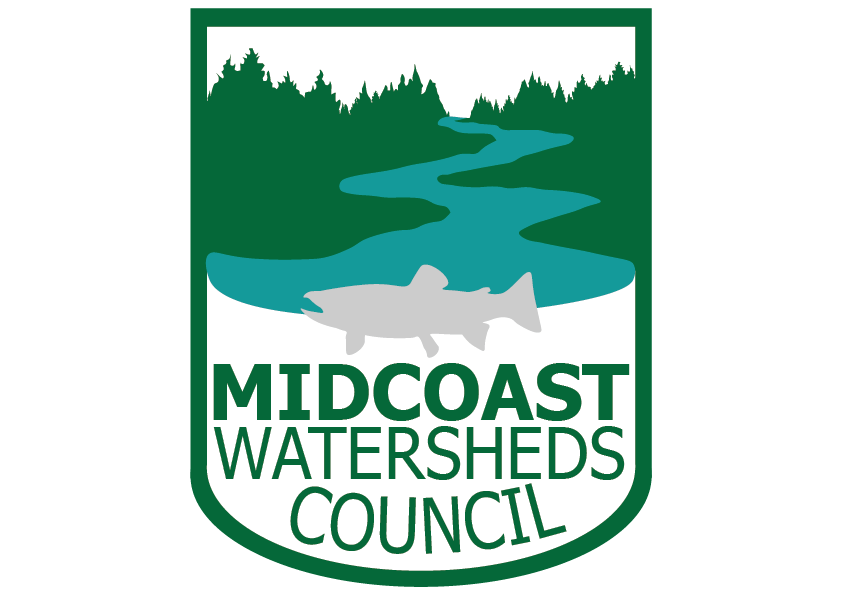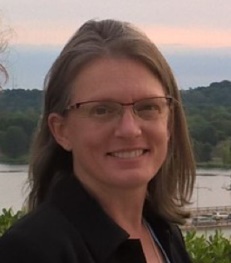Since the early 2000s, low-oxygen—or hypoxia—has been observed in Oregon’s coastal waters. In 2006, Oregon was one of the first places in the world to observe the direct impacts of ocean acidification. Since then, both ocean acidification and hypoxia (OAH) events are intensifying.
There are now signs that these events are undermining the rich food webs of Oregon’s ocean and estuarine ecosystems, putting iconic fisheries and coastal communities that depend on them at risk. Join the MidCoast Watersheds Council at our monthly Community Meeting, as Oregon Department of Fish and Wildlife’s Marine Resources Program Manager, Dr. Caren Braby, presents information on OAH and the work of the Oregon Coordinating Council on OAH, which she also co-chairs.
To provide guidance and recommendations to the state on how to respond to this issue, Oregon Senate Bill 1039 created the Oregon Coordinating Council on OAH in 2017. Consisting of state agencies, academic experts, stakeholders, and tribal interests, the OAH Council submitted their first report to the State Legislative Assembly this past September. Work continues as Oregon's OAH Action Plan will be completed later this year and become part of the growing number of similar plans globally.
In her roles with ODFW, on the OAH Council, and while serving as the Governor’s representative on the Ocean Acidification Working Group for the Pacific Coast Collaborative,
Dr. Caren Braby provides strategic leadership on all things ‘ocean’ within the state of Oregon and across the West Coast. Caren and her staff build partnerships with industry, academic researchers, tribal governments, agencies, stakeholders, and elected officials to collaboratively define, and achieve, both economic and ecosystem resilience. Over the past five years, changing ocean conditions—including OAH—have become focal points for Caren’s work. She received her Doctorate from Stanford University’s Hopkins Marine, though she began her career as a marine biologist toddling through West Coast tidepools at age 2.
The presentation will begin at 6:30 PM in Room 205 on the upper floor of the Newport Visual Arts Center in Nye Beach, at 777 NW Beach Drive. Refreshments will be provided. A MidCoast Watersheds Council Board meeting will follow the presentation with the following agenda: Financial report, Restoration report, Technical Team report, and Administrative Team report and action items.

